Basmati Rice
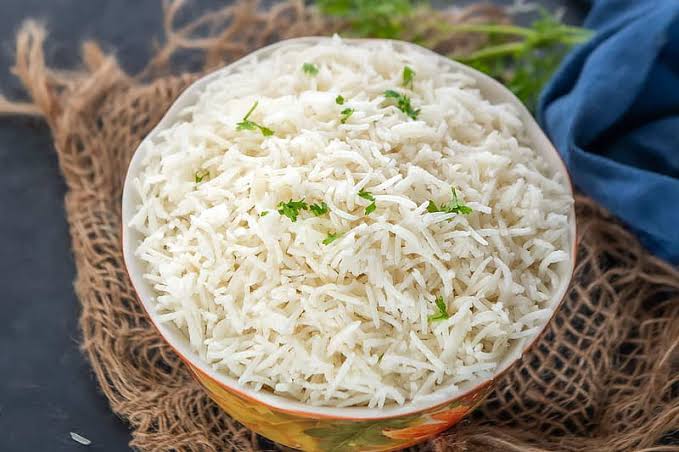
Basmati rice is a fragrant and flavorful type of rice that is widely utilized in various culinary dishes such as biryanis, curries, and pilafs. The rice thrives in the climatic and agroecological conditions of India and Pakistan. With its long, slim grains, this rice has a unique, fluffy texture in comparison to other rice types. Furthermore, Basmati rice is a suitable source of nutrients, boasting a low glycemic index for individuals seeking to moderate their blood sugar levels. Its versatility in accommodating various recipes makes it a popular choice across the globe.
Non Basmati Rice
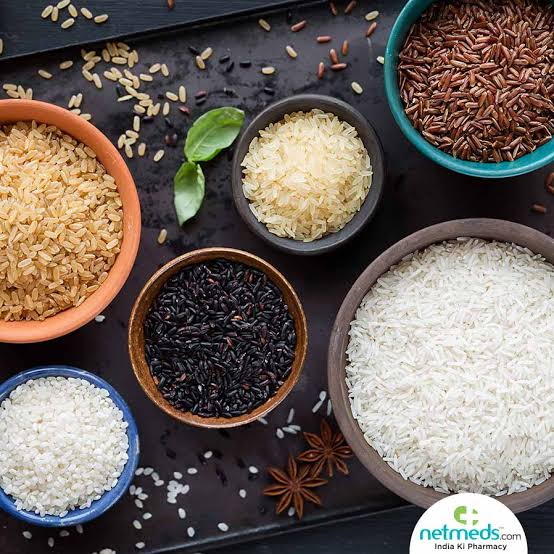
Discover the countless benefits of non-basmati rice! This type of rice is a fantastic addition to any pantry. Unlike basmati rice, non-basmati rice is accessible year-round and can be found at a reasonable price. This versatile rice can be prepared using a variety of cooking methods, making it perfect for all your favorite dishes! What’s more, non-basmati rice packs a powerful nutritional punch, rich in essential nutrients like carbohydrates, fiber, and protein. Boost your energy levels with non-basmati rice – no matter if you’re an athlete or simply need a quick pick-me-up. With its adaptability, affordability, and nutritional value, non-basmati rice is an excellent choice for any meal. Discover all the delicious possibilities for incorporating non-basmati rice into your diet and elevate your culinary game today!
Wheat
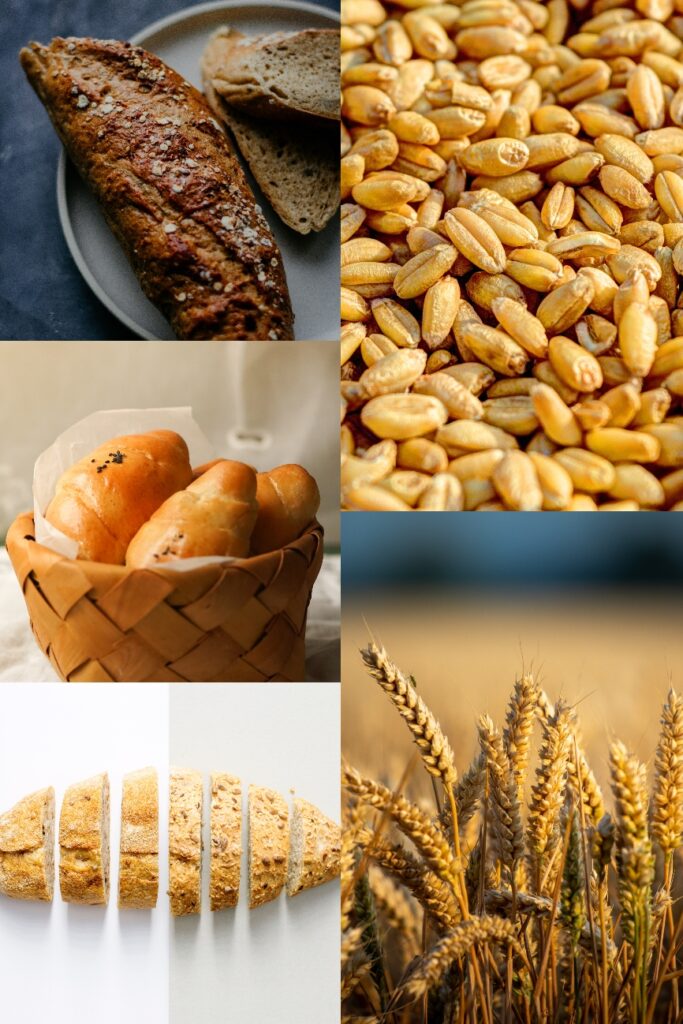
Wheat is an incredibly nutritious and versatile grain, packed with many health benefits that are vital to maintaining a healthy lifestyle. Here are some of the advantages of incorporating wheat into your diet:
• Rich source of fiber, which helps regulate digestion and prevent constipation.
• High in complex carbohydrates, providing a sustainable energy source for the body.
• Abundant in vitamins and minerals, including vitamin B, iron, and zinc, which aid in enhancing immunity, supporting healthy organs and cells, and maintaining overall health.
• Aids in weight loss and weight management as it keeps you full for a longer duration.
• Lowers the risk of chronic diseases such as type 2 diabetes, cardiovascular disease, and certain forms of cancer.
By including wheat in your diet, you are providing your body with the essential nutrients and energy it requires, while also benefiting from its numerous health benefits.
Finger Millet(Madua)
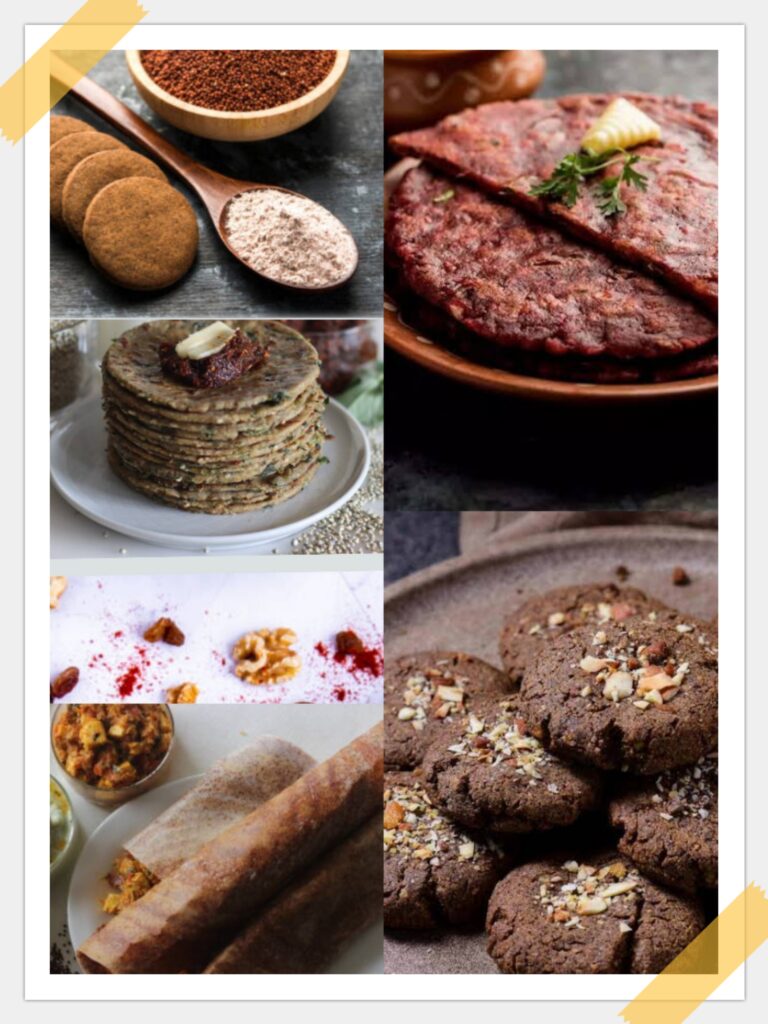
Finger millet, also known as Ragi, is a nutrient-dense cereal grain with proven potential health benefits. Gluten-free, low in fat and abundant with important minerals like calcium, potassium, and iron, this grain offers a plethora of nutritional advantages. Its high fiber content makes it an ideal addition to one’s diet, keeping one feeling full for extended hours.
Furthermore, finger millet has antioxidant properties which may positively impact certain health conditions, such as diabetes, by regulating blood sugar levels. Additionally, its inclusion in a diet may assist in weight management. For those with celiac disease, Ragi provides a safe and delicious option that can be used in a variety of recipes.
Consider introducing finger millet to your palate. It offers a diverse range of savory and sweet dishes, including pizza crusts, pancakes, and cookies that allow you to enjoy a healthy diet without sacrificing taste.
Barley
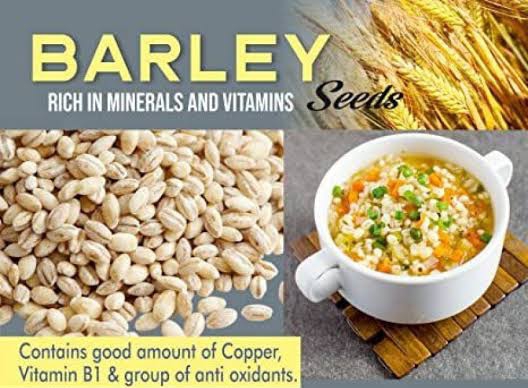
Barley is a nutritious cereal grain that has been celebrated for its health benefits for centuries. Its high fiber content makes it an excellent addition to any diet, with benefits in supporting heart health, digestive function, and weight management. Barley is also rich in essential vitamins and minerals such as niacin, vitamin B6, iron, and selenium, offering a valuable source of nutrition for those who consume it. With a history of cultivation in regions across the globe, including Europe, Asia, and the Americas, barley has become an adaptable and versatile crop capable of thriving in various environments. Today, it is produced in large quantities by countries such as Russia, Canada, Germany, Turkey, and France. Barley’s impeccable nutritional profile and adaptability have helped establish it as a staple crop in a variety of cultures, underscoring its continual relevance in today’s world.
Millets
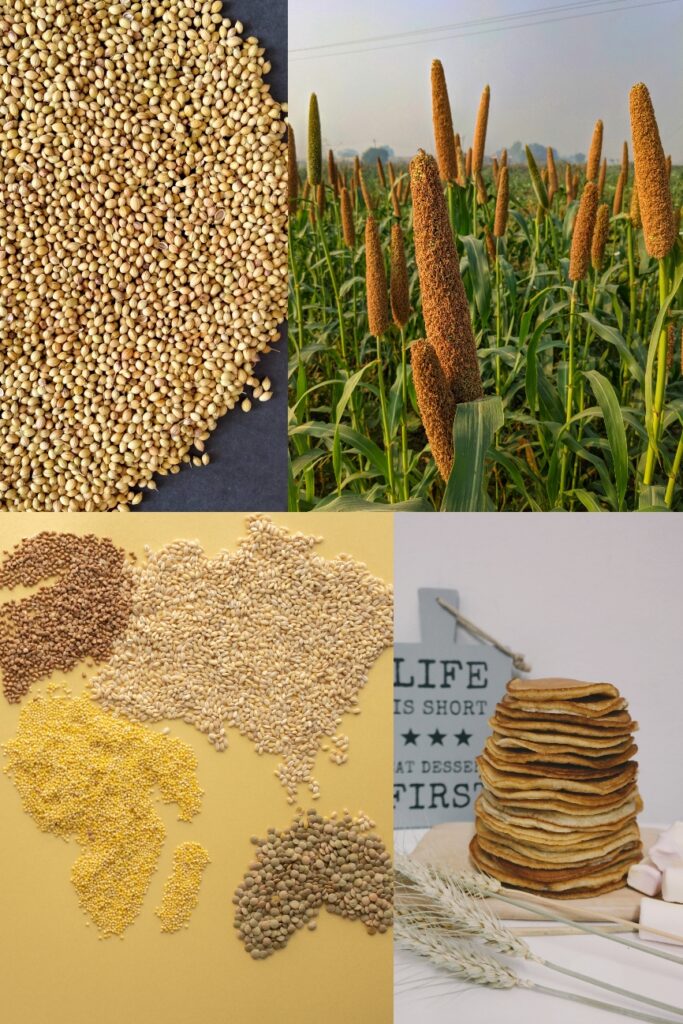
– Millets are an ancient crop that have been grown for thousands of year
Millets are known for their resilience and adaptability in harsh environments.
– Millets can be found growing all over the world from Africa to Asia, and even in some parts of Europe and the Americas.
– The nutritional value of millets is truly special, containing a wealth of essential vitamins, minerals, and other nutrients.
– Millets are a particularly good source of complex carbohydrates, fiber, and protein, making them an excellent addition to any balanced diet.
– Including millets in your diet can enhance your overall health and well-being.
– Supporting sustainable agricultural practices by learning more about millets can help make a positive impact on the environment and local communities.
– Let’s celebrate the fascinating crop that is millets, and explore how they can benefit both ourselves and the planet.
